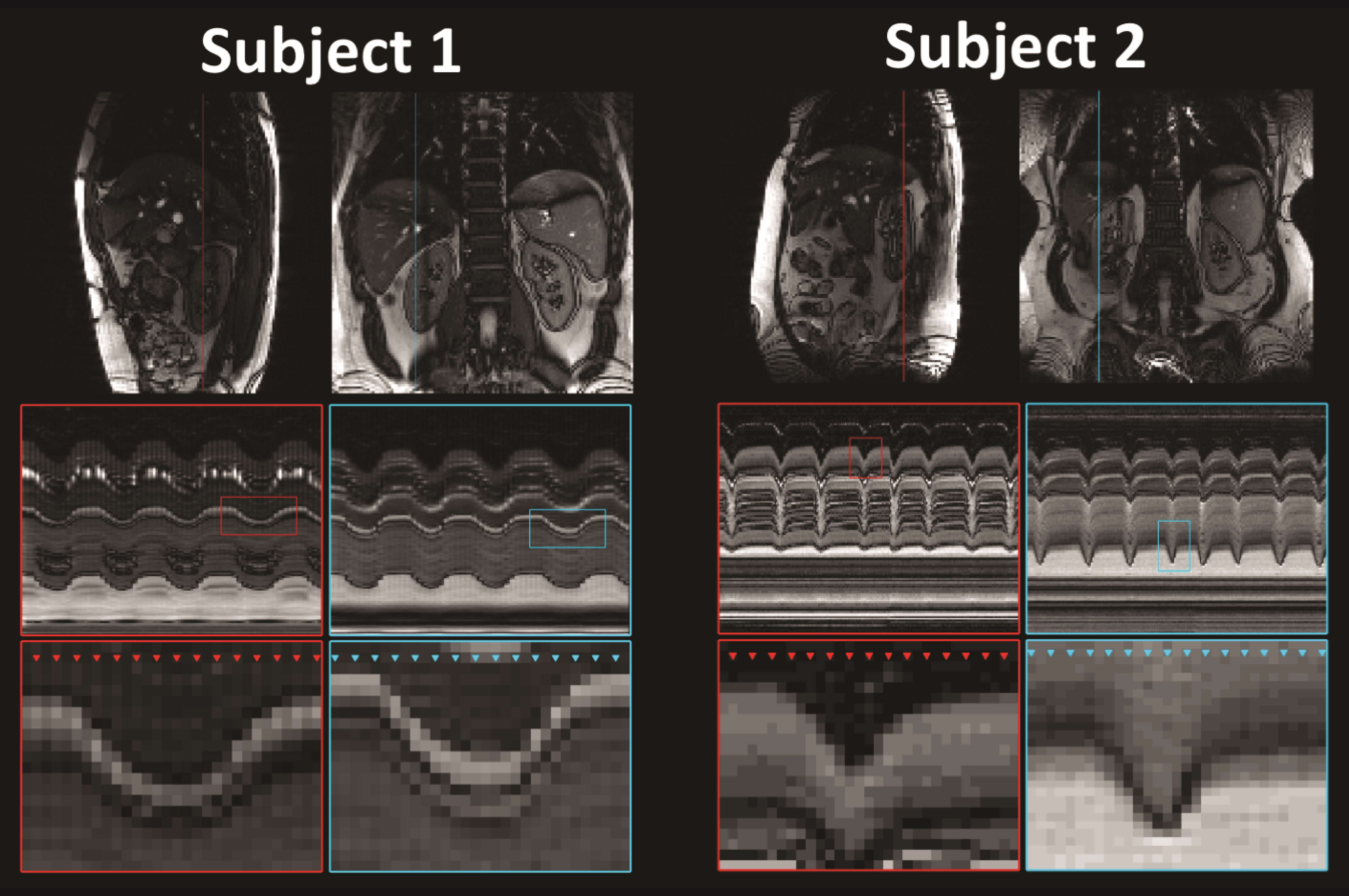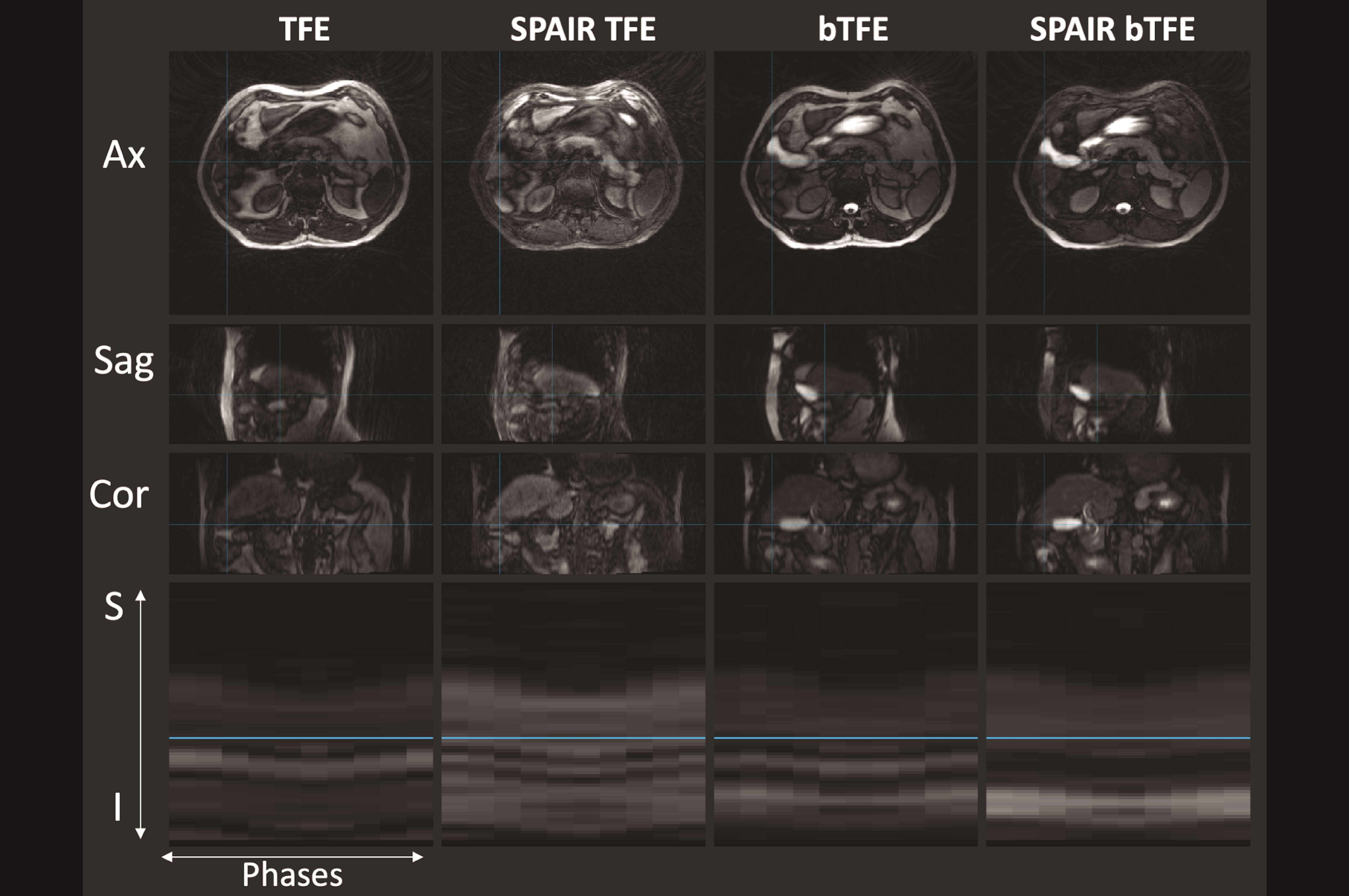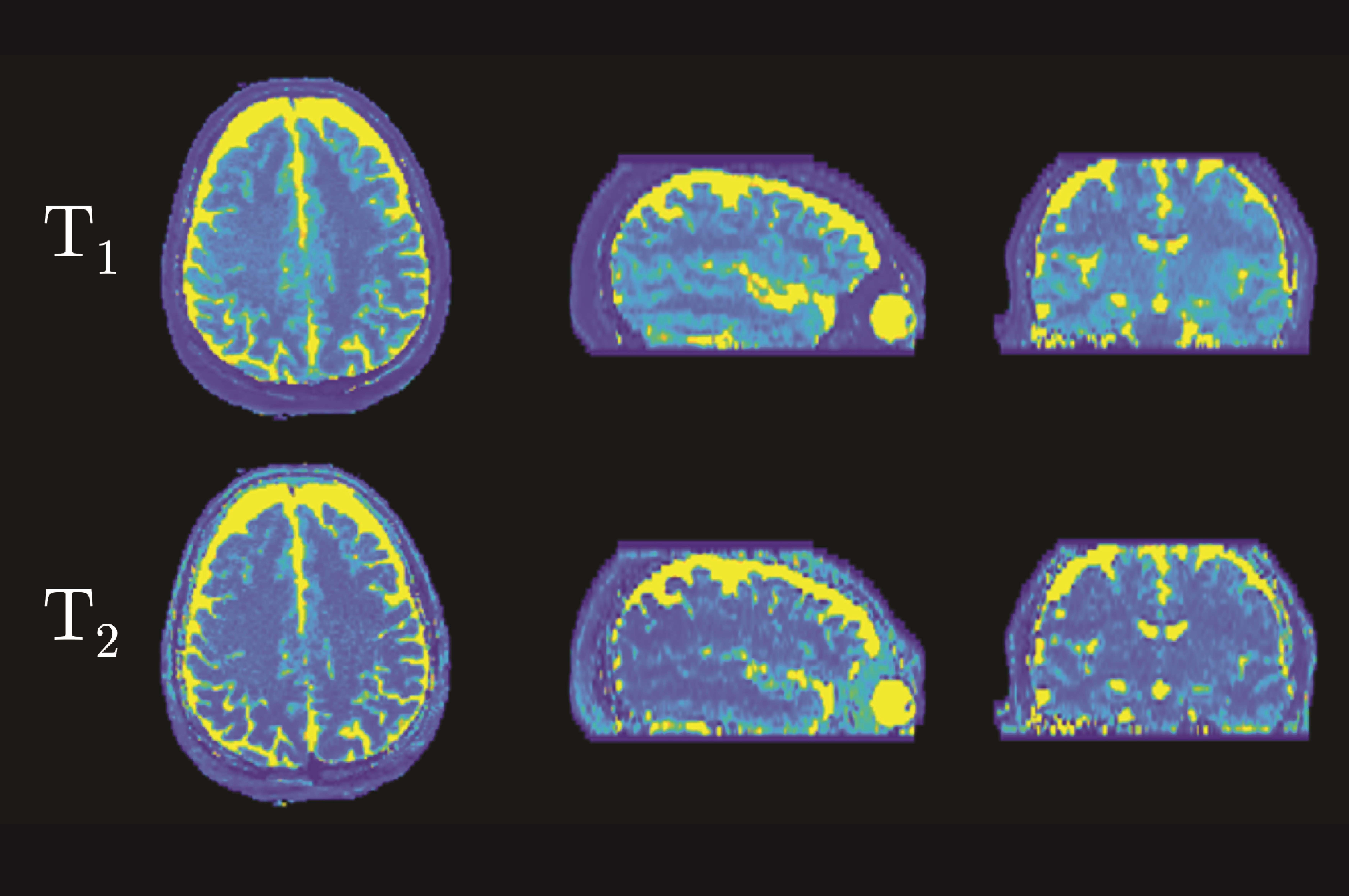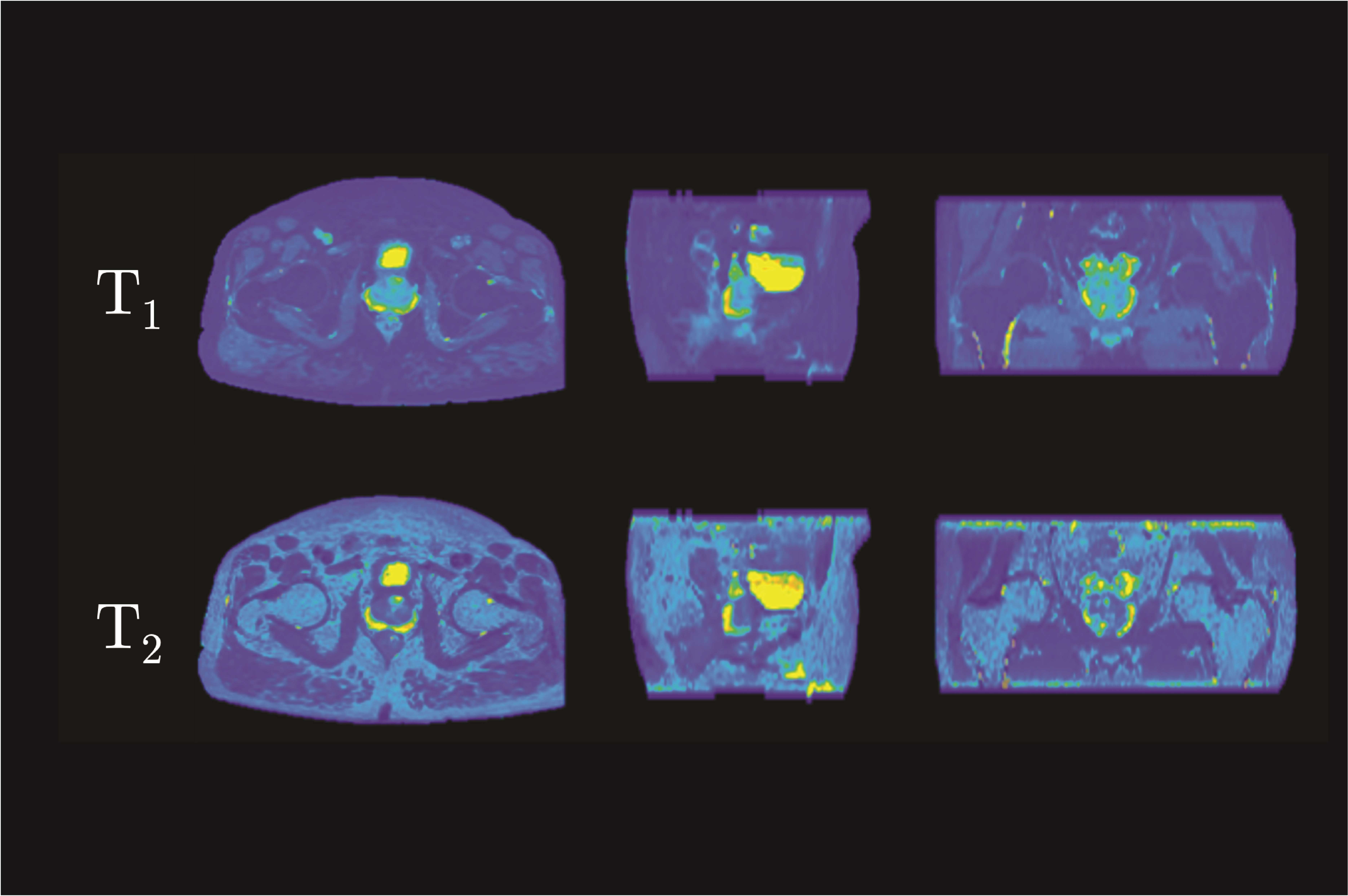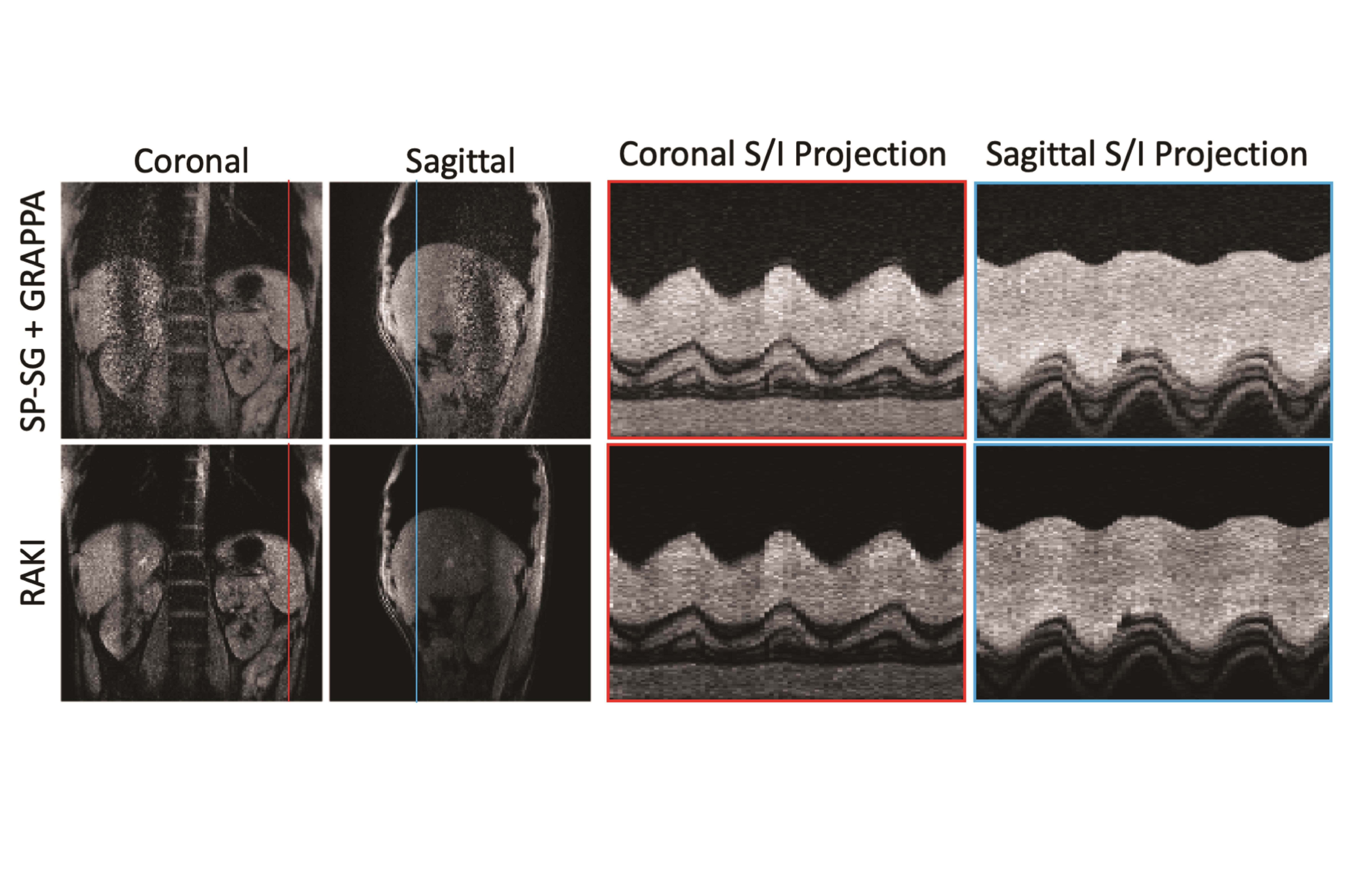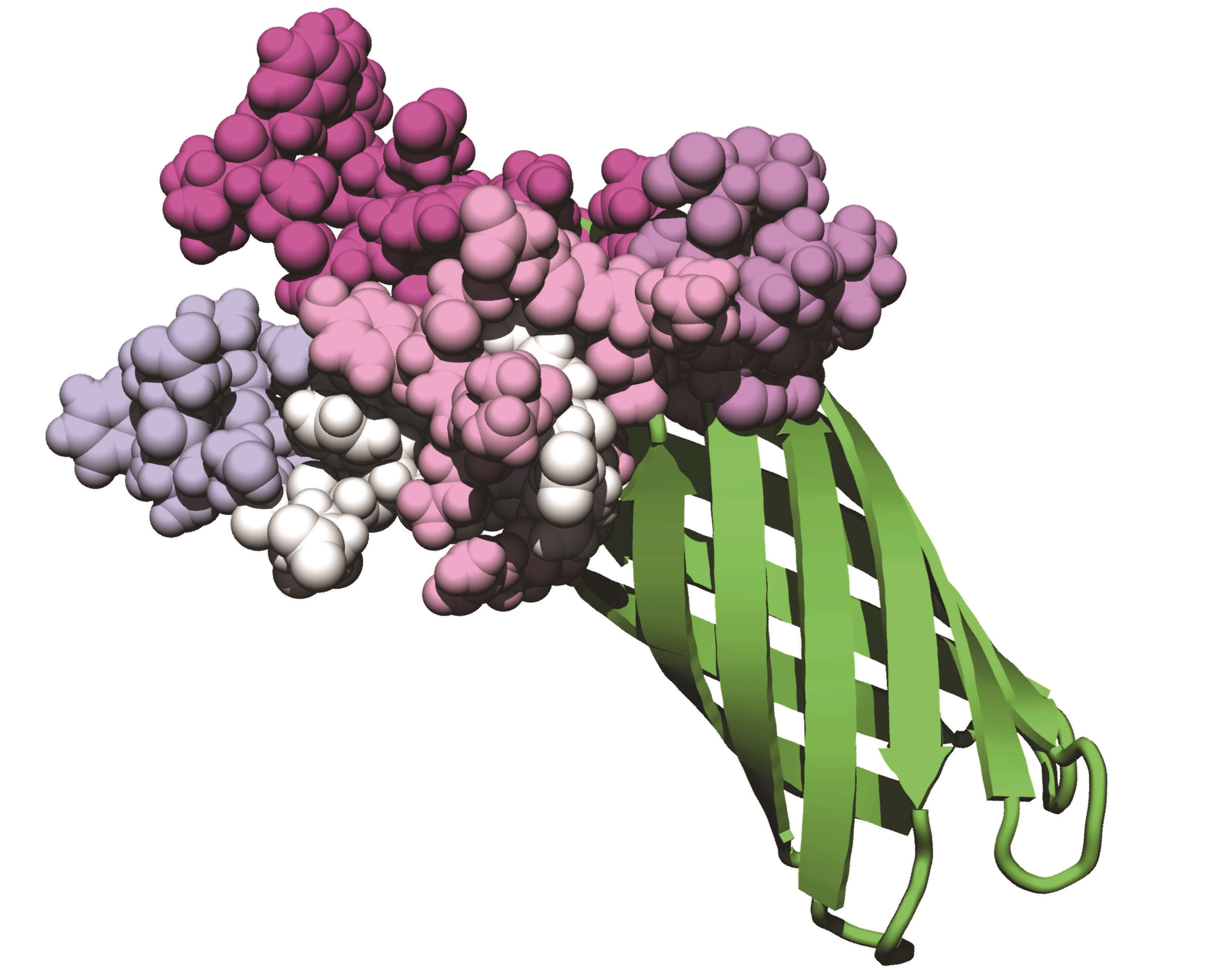MCW Biophysics Research
Research themes in the department focus on protein structure and functional mechanisms, biological membrane processes, redox biology, and technology development in the areas of microwave applications, protein structure calculations, and computational image analysis for translation to clinical practice.
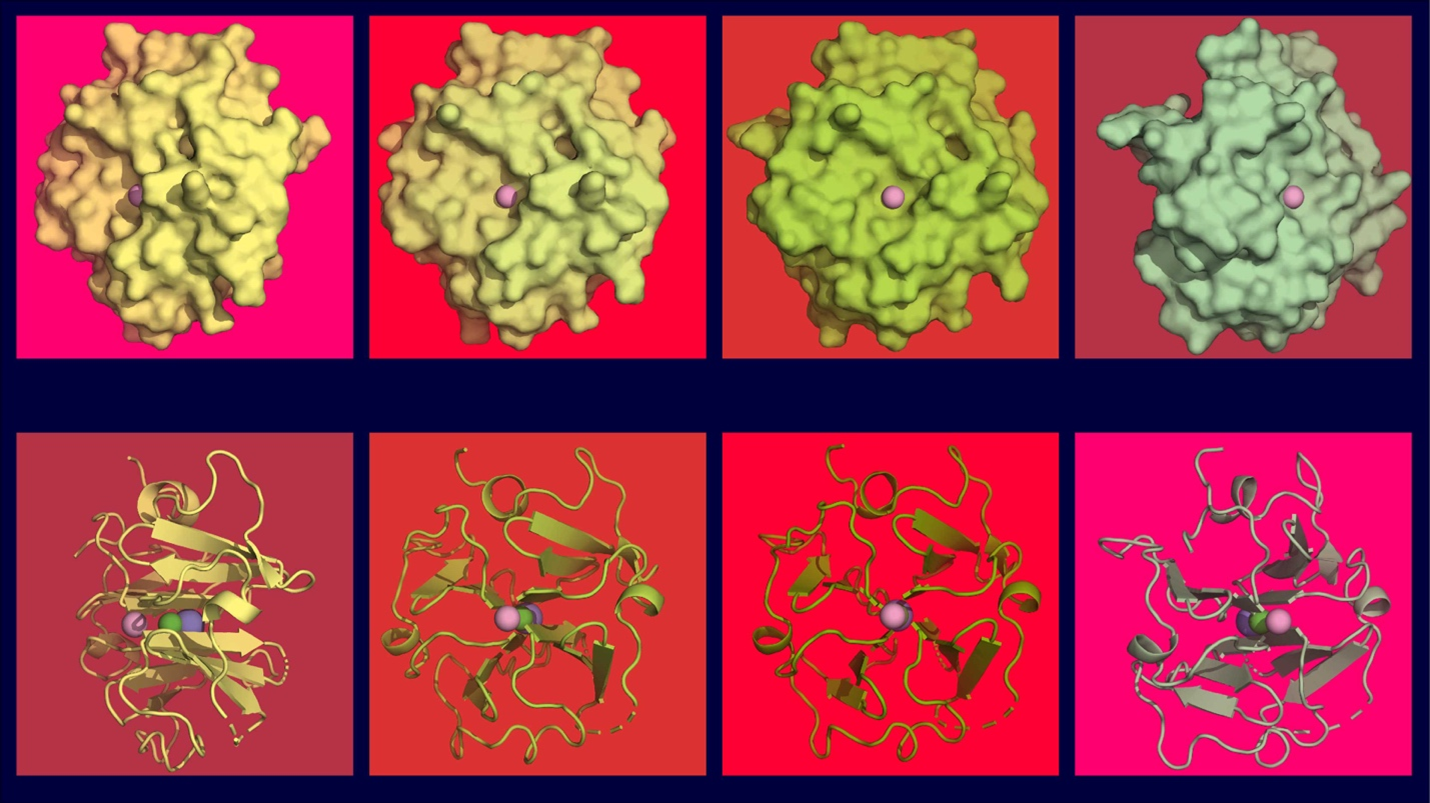
Structural Biology
Knowing the structures, dynamics, and interactions of biological molecules is essential for understanding how they function in human health or misfunction in disease. Faculty, staff, and students in the Department of Biophysics develop and use a wide array of interdisciplinary technologies to gain insights about biomolecular structures and functions. Research projects focus on receptor signaling, drug resistance, microbial pathogenesis, redox biology, and diseases of aging. State-of-the-art resources are available for electron paramagnetic resonance (EPR), nuclear magnetic resonance (NMR), X-ray crystallography, molecular dynamics (MD) simulations, and cryo-electron microscopy.
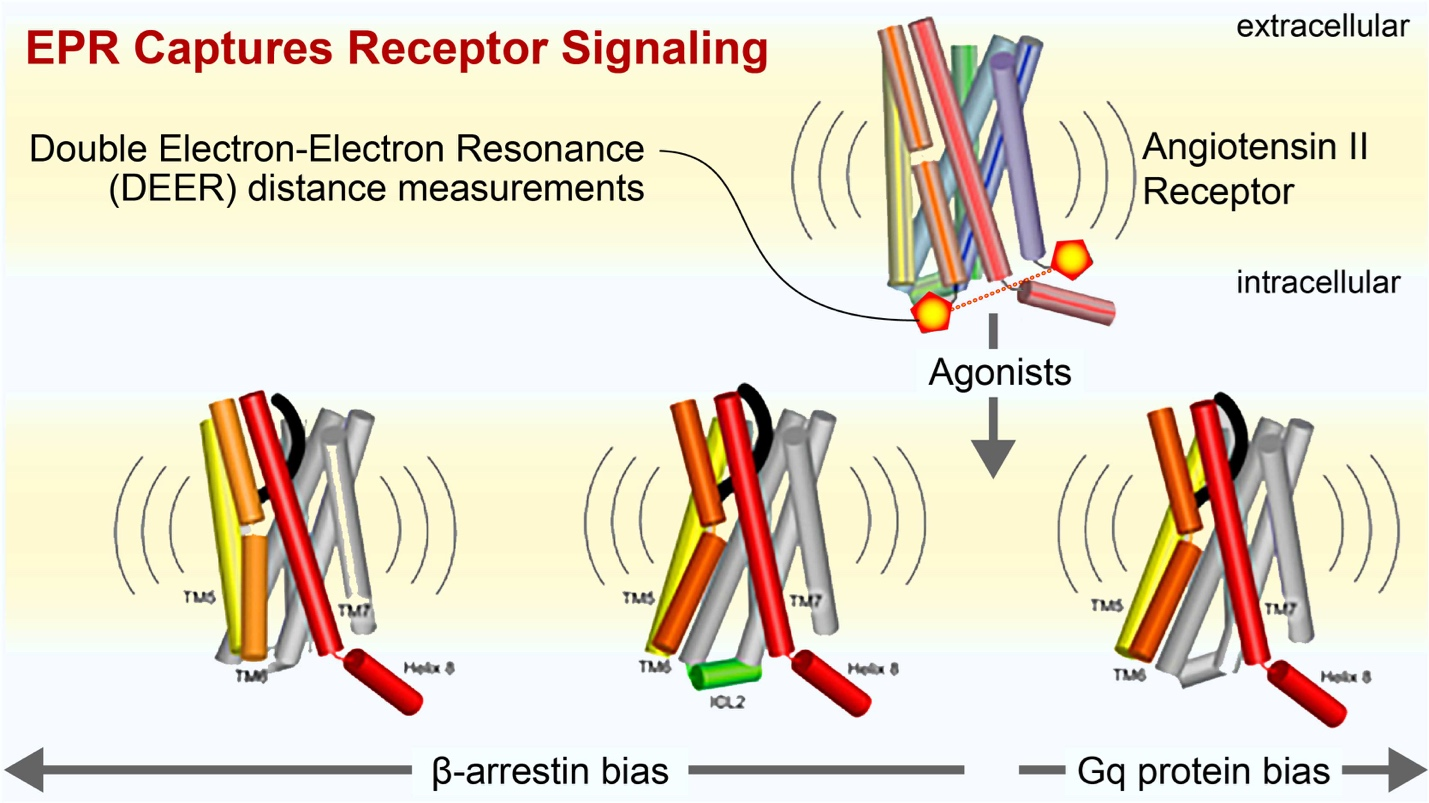
Biomedical EPR
EPR is a powerful technology for characterizing the structures and dynamics of biomolecules in vitro, in cells, and in many other biological samples. We are home to the National Biomedical EPR Center, the most extensive EPR research resource in the nation. Research conducted at the EPR Center includes technological innovations and applications of new technologies to biological problems that range from receptor signaling in cancer and vascular diseases, drug resistance, microbial pathogenesis, redox biology, and diseases of aging. The EPR Center is supported by specialized engineering staff and houses an array of internally developed and commercial state-of-the-art instrumentation for biomedical applications.
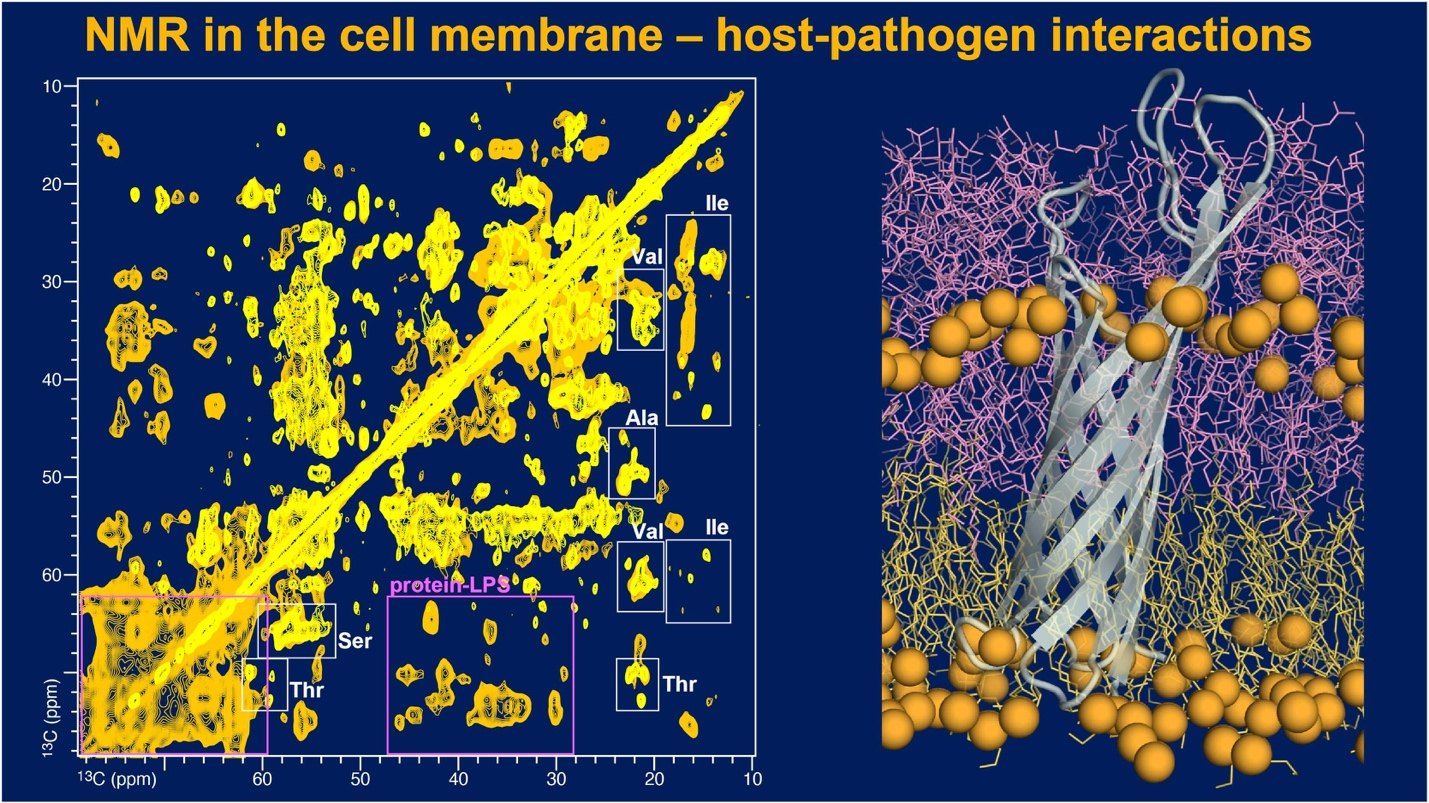
Biomedical NMR
Understanding the biological mechanisms of protein function at the atomic level is critical for gaining biomedical insights about human health and for therapeutic drug development. NMR is ideally suited for this task because NMR signals are highly sensitive to the local environment of biomolecules, and capable of reporting on even very small structural changes, very weak intermolecular interactions, and multiple scales of dynamics. Our state-of-art NMR laboratory allows us to examine the structures, dynamics, and interactions of biomolecules in complex multi-component assemblies, including cells and other types of native samples to address problems in cancer, microbial pathogenesis, and diseases of aging.
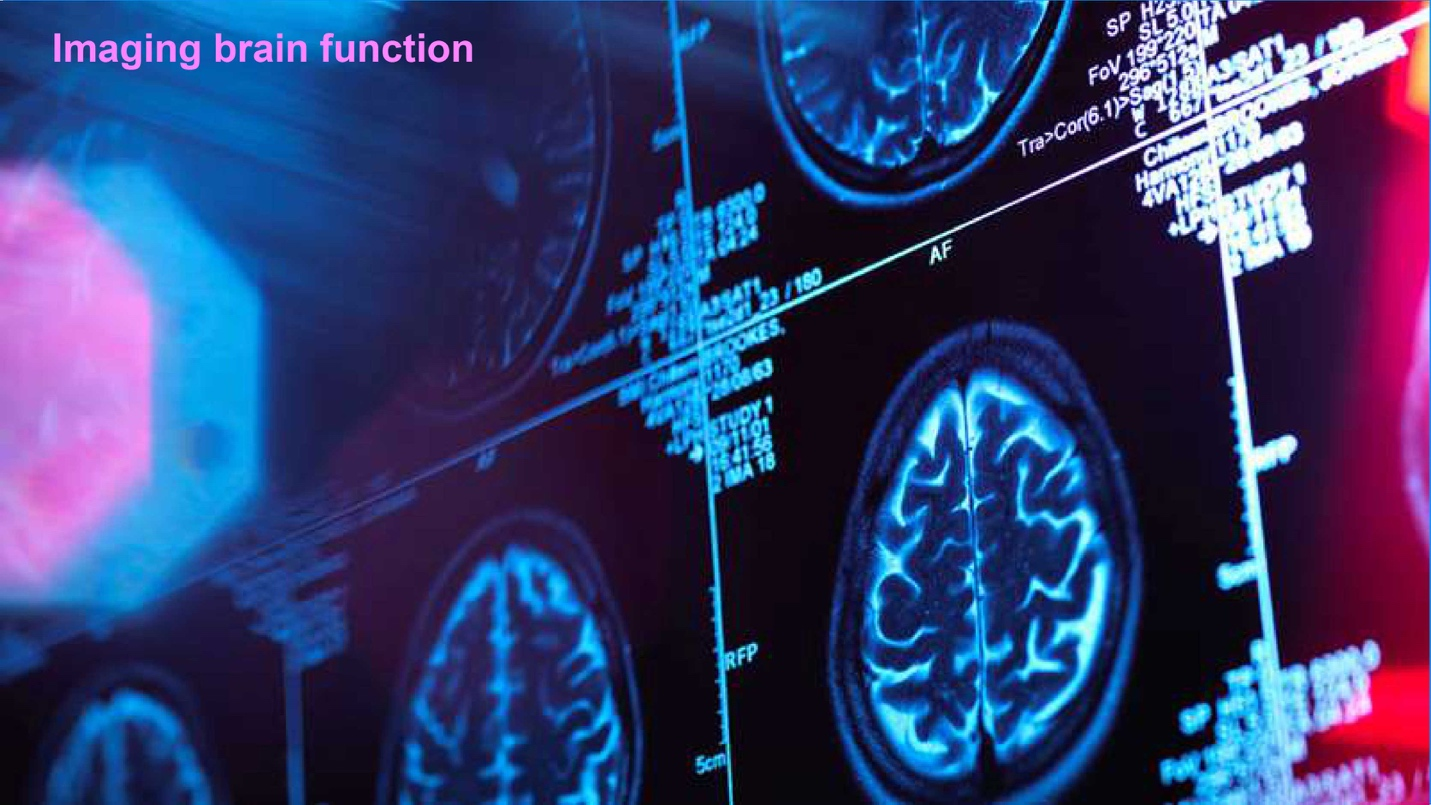
Biomedical MRI
We are pioneers in functional magnetic resonance imaging MRI (fMRI). MCW students and faculty published the first paper on fMRI in 1992 and on resting-state fMRI in 1995. Today, MCW continues to be at the forefront of MRI research, with extensive focus on both technology development and clinical applications. Research focuses on the design and implementation of new coils, MRI methods, spectroscopy, and image analysis software, as well as clinical applications of MRI to early disease detection and assessment of treatment efficacy in neurological and psychiatric disorders, Alzheimer’s disease, and cancer. Strong interdisciplinary collaborations centering on chronic pain mechanisms, psychiatric depression, and other fields in neuroscience.
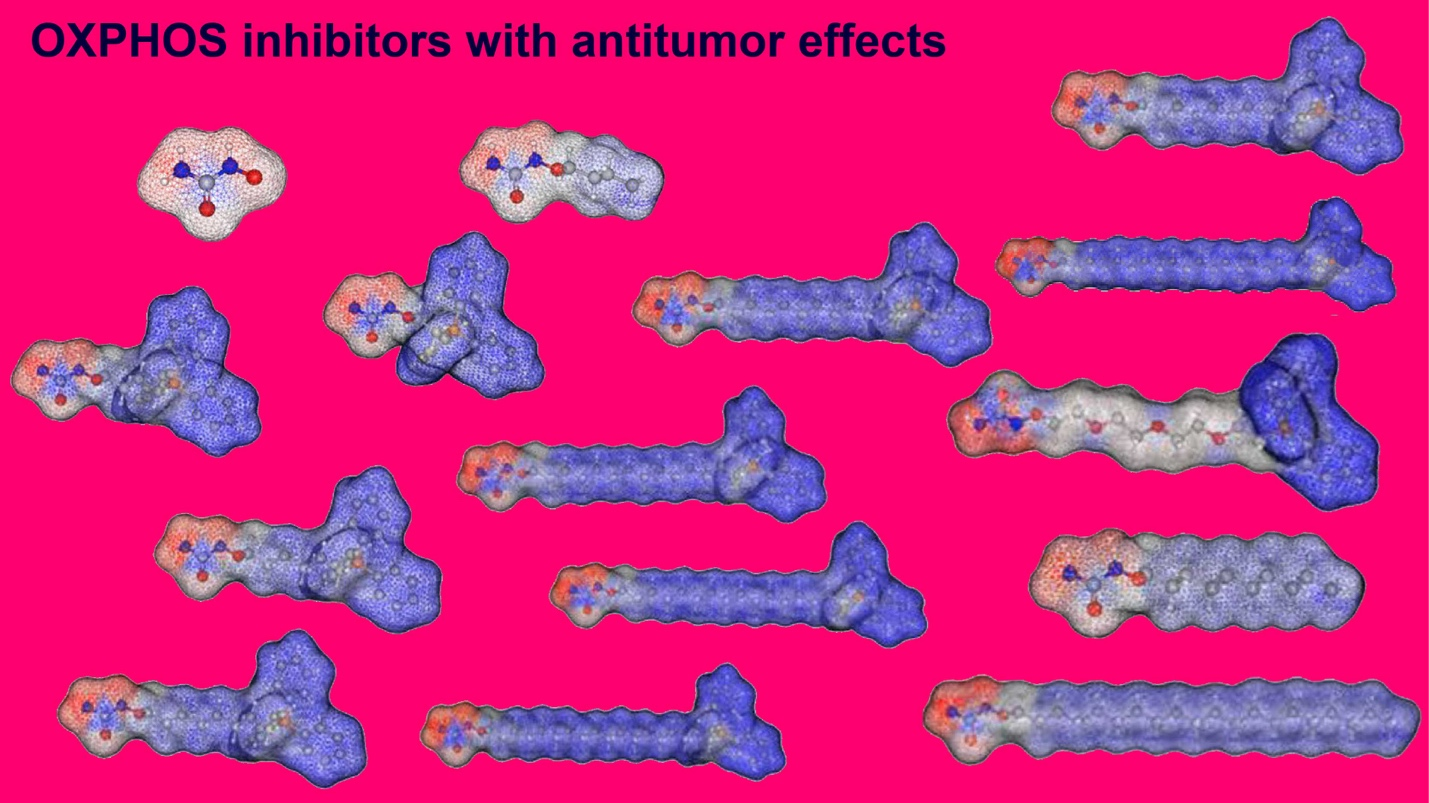
Redox Biophysics
We are internationally recognized for our contributions to free radical and redox biology. Research focuses on understanding the roles played by free radicals and oxidants in health and in pathophysiological conditions like cardiovascular diseases, neurodegeneration, and cancer. We develop novel molecular tools that allow us to probe the generation of free radicals in cells and in vivo, using fluorescence, bioluminescence, and EPR detection. Collaborations with clinicians and biomedical scientists provide insights about the roles of oxidants in human disease and advance the development of therapeutic drugs for treating neurodegeneration and cancer.
Affiliated Centers & Programs
National Biomedical EPR Center
National Biomedical EPR Center
The National Biomedical EPR Center was established in 1976 as a biotechnology resource center to enhance biomedical research use of EPR. The EPR Center at MCW is one of the largest EPR facilities in the nation and was supported by an NIH P41 research resource award from 1976 to 2019. Research at the National Biomedical EPR Center continues to be technologically innovative and applies new techniques to biological problems. The EPR Center houses S-, X-, L-, Q- , and W-band EPR spectrometers, many with DEER, ENDOR, ELDOR, saturation-transfer, saturation-recovery, and multiquantum capabilities.
Learn about the National Biomedical EPR Center Redox & Bioenergetics Shared Resource
Redox & Bioenergetics Shared Resource
The MCW Cancer Center Redox & Bioenergetics Shared Resource provides state-of-the-art instrumentation (including Seahorse analyzers and Shimadzu LC-MS/MS systems), cutting-edge techniques, and sophisticated expertise dedicated to investigating cancer cell metabolism and redox signaling. The resource focuses on the use of in vitro, ex vivo, and in vivo techniques to determine the redox and bioenergetic status of cancer cells, so as to develop new drugs and approaches in chemoprevention and cancer cell treatment.
Learn about the Redox & Bioenergetics Shared Resource Redox Biology Program
Redox Biology Program
The mission of the Redox Biology Program is to foster communication and an exchange of expertise among a broad, interdisciplinary group of clinicians and basic science researchers in the spirit of collaborative research.
Learn about the Redox Biology Program Other Centers
Other Centers
Biophysics researchers also participate in these MCW research centers:




